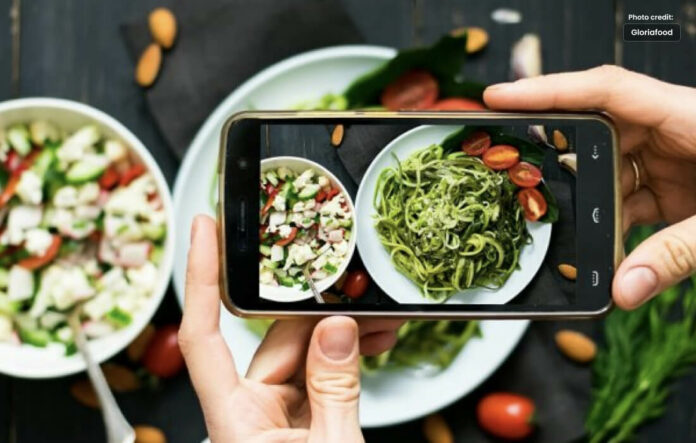Food Photography Tips for Stunning Shots
Introduction
Capturing stunning food photos can elevate any dining experience, whether you’re a food blogger, aspiring chef, or simply a passionate foodie. Further, we will explore essential tips and tricks to help you master the art of food photography. From lighting techniques to styling suggestions, we’ve got you covered.
Lighting is Key
Natural Light vs. Artificial Light
- Opt for natural light whenever possible to showcase the true colors and textures of the food.
- Position your subject near a window or outdoors to capture soft, diffused light.
- Avoid harsh shadows by using a reflector or white foam board to bounce light onto the food.
Golden Hour Magic
- Make the most of the golden hour – the period just after sunrise or before sunset – for warm, glowing light that enhances the beauty of the dish.
- Experiment with different angles and directions of light to create depth and dimension in your photographs.
Composition and Styling
Rule of Thirds
- Rule of Thirds: Divide your frame into thirds both horizontally and vertically, placing your subject at the intersecting points for a visually appealing composition.
Textures and Layers
- Textures: Incorporate a variety of textures, such as crisp vegetables, creamy sauces, or flaky pastries, to add depth and visual interest to your images.
- Layers: Build layers in your composition to create depth and showcase different elements of the dish.
Props and Backgrounds
Selecting Props
- Props: Choose props that complement the style and color palette of the dish, such as rustic wooden boards, textured linens, or vintage silverware.
- Backgrounds: Opt for simple, neutral backgrounds that allow the food to stand out, such as marble slabs, dark wooden tables, or matte surfaces.
Adding Garnishes
- Garnishes: Elevate your dish with fresh herbs, citrus zest, edible flowers, or a sprinkle of spices as enticing garnishes that add a pop of color and freshness.
Editing and Post-Processing
Editing Software
- Software: Experiment with editing tools like Adobe Lightroom, Snapseed, or VSCO to fine-tune the exposure, colors, and contrast of your photos.
- Filters: Use filters sparingly to enhance the mood of your images without overpowering the natural beauty of the food.
White Balance
- Adjust the white balance settings to ensure accurate color representation in your photographs.
- Remove any unwanted distractions or blemishes in post-processing for a clean, polished look.
Conclusion
Incorporating these food photography tips into your practice can help you create captivating images that not only showcase the deliciousness of your dishes but also tell a story. Remember, practice makes perfect, so grab your camera, play with light and composition, and watch your food photos come to life.




